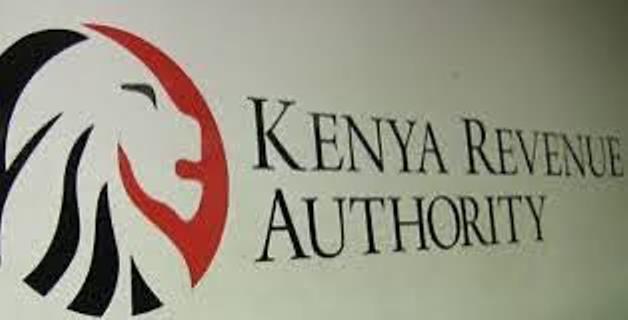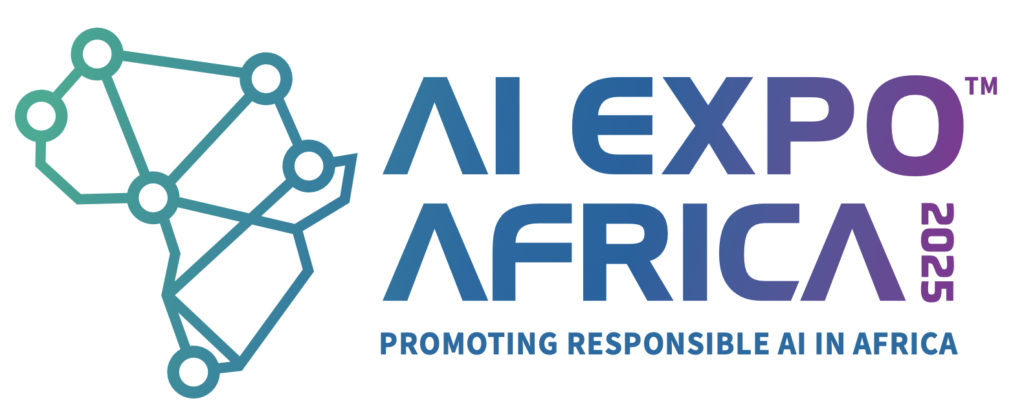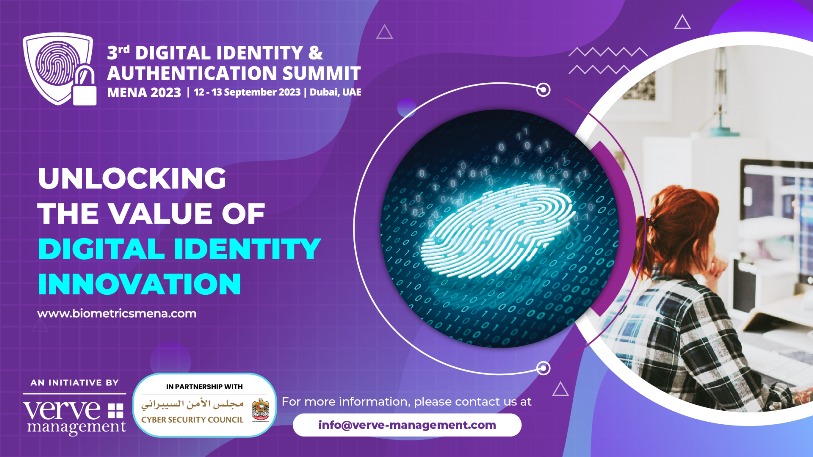The Kenya Revenue Authority (KRA) has officially announced that it had unveiled the Electronic Rental Income Tax System (eRITS). It is touted as a landmark innovation designed to streamline rental income tax compliance in the country.
RELATED: Nigeria to overhaul tax administration, address digital market and cryptocurrency
According to Alex Mathini, Tax Partner at Bowmans in Kenya, “The eRITS is accessible through the Gava Connect and eCitizen platforms, which support real-time integration with KRA’s digital services.
“The platform is designed to enable seamless tax computation, filing and payment of monthly rental income tax, and reduce the administrative burden associated with tax compliance in the real estate sector,” he explains.
Pursuant to the press release from the KRA, the Rental Income Tax System (RITS) is a voluntary compliance tool tailored to support tax compliance by landlords, property owners and agents with residential rental income under the Monthly Rental Income (MRI) tax regime, which only applies to Kenyan residents.
eRITS complements existing MRI regime
Mathini explains that the introduction of eRITS complements the existing MRI regime, which was introduced in 2016 for landlords earning rental income of between KES 288,000 and KES 15 million annually. Notably, the MRI tax rate was reduced from 10% to 7.5%, effective 1st January 2024.
“With the rollout of eRITS, the KRA is leveraging technology to enhance revenue collection. While the use of eRITS is not mandatory, it would be ideal to adopt it as it eases compliance,” he explains.
Bowmans Tax Partner Andrew Oduor notes further that the KRA has yet to issue the step-by-step guidelines on the eRITS registration process.
“However, once registered, taxpayers will be able to generate and submit monthly MRI tax returns through eRITS. These monthly returns are official and feed into the individual’s or entity’s overall tax returns, easing the person’s annual income tax filings,” Oduor says.
eRITS accessible via Gava Connect and eCitizen platform
Oduor notes that eRITS is only accessible via Gava Connect and eCitizen platform, meaning that users must have internet access to use the system.
“This does pose a drawback since despite Kenya having made commendable efforts to improve internet connectivity, the quality and affordability of internet access still remain a challenge. Accordingly, while residential property owners may view eRITS as a welcome move towards simplifying compliance, its adoption may be hindered by limited access to reliable internet,” he says.
Oduor explains that the eCitizen platform has occasionally experienced downtimes during peak usage periods.
“Such outages could hinder timely filing and result in compliance difficulties, particularly in the absence of alternative filing methods. The KRA may therefore consider setting up a USSD code for taxpayers who do not have internet connectivity to access the system.
“It is noteworthy that the KRA has yet to issue guidance on procedures to follow in the event of system failures, highlighting the need for contingency planning as the platform continues to roll out,” adds Oduor.































